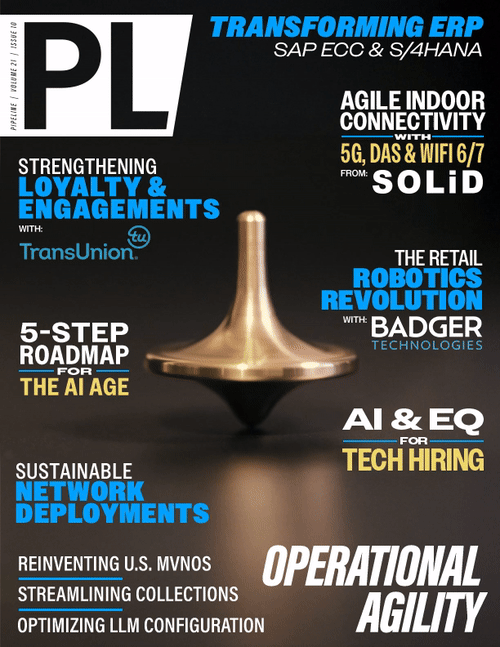Four Smart Ways to Increase Telecom Customer Engagement and Strengthen Brand Loyalty
By: Dan Carella

Across the board, telecom enjoys a stickiness with consumers other industries might envy. While brand allegiance may appear alive and well, the reason customers stay with their telecom providers has less to do with loyalty than inertia. People are primarily avoiding the hassle of changing providers.
Balancing marketing fundamentals with what’s next
Some of the loyalty-building methods deployed by progressive brand and experience strategists are grounded in core marketing principles. Others are gaining traction thanks to emerging trends and technologies. Here are four approaches telecom teams might consider as they work to deepen customer relationships.
Value-added experiences
Adding features to enhance a customer’s experience beyond the core services they expect is a proven way to boost engagement. Because value-adds can create market differentiation, this is an effective method for companies promoting a commoditized product or operating in a highly competitive environment.
Closer to home, mobile communication providers are exploring service-centered value-adds, such as “not spot” coverage. These satellite-enabled calls from areas with no network service are rapidly emerging as a potential differentiator in the industry.
Where to start: Data analytics is a powerful tool for identifying the value-adds most likely to induce loyalty. Insights around usage patterns, purchase behaviors, service preferences, and churn triggers can help telecoms uncover clues as to what their customers may find most appealing.
Freemium services
Offering a basic version of a product or service free — while charging for premium features — is an effective way to accelerate organic growth. The strategy may also generate word-of-mouth momentum to fuel broader adoption. A commitment-free basic version is frictionless and can inspire more people to give it a try. When the experience is positive, users can become informal ambassadors, sharing it with their communities.
A real-world example is the recent TransUnion® announcement about its launch of a direct-to-consumer freemium credit education solution with Credit Sesame, a consumer credit management company. The free-first access will be optimized with alerts, which are critical to boost engagement. TransUnion’s internal analysis revealed 22 percent of consumers who received a dark web monitoring alert logged into the platform within seven days.
Where to start: Organizations exploring a freemium strategy should begin with a deep understanding of their intended users. Knowing who the targets are and what they value enables strategists to establish clear user journeys from onboarding to upgrades to long-term engagement.
Embedded hyper-personalization
Making customer interactions feel tailored rather than generic is now essential for brand loyalty. Some research has even found personalization to be valued above speed and convenience. For instance, in 2024 a TELUS International survey found more than 6 in 10 customers would opt for a personalized customer experience over a



















